
OR
Rapid afforestation for int’l biological pathway
Published On: July 20, 2022 03:06 PM NPT By: Republica | @RepublicaNepal
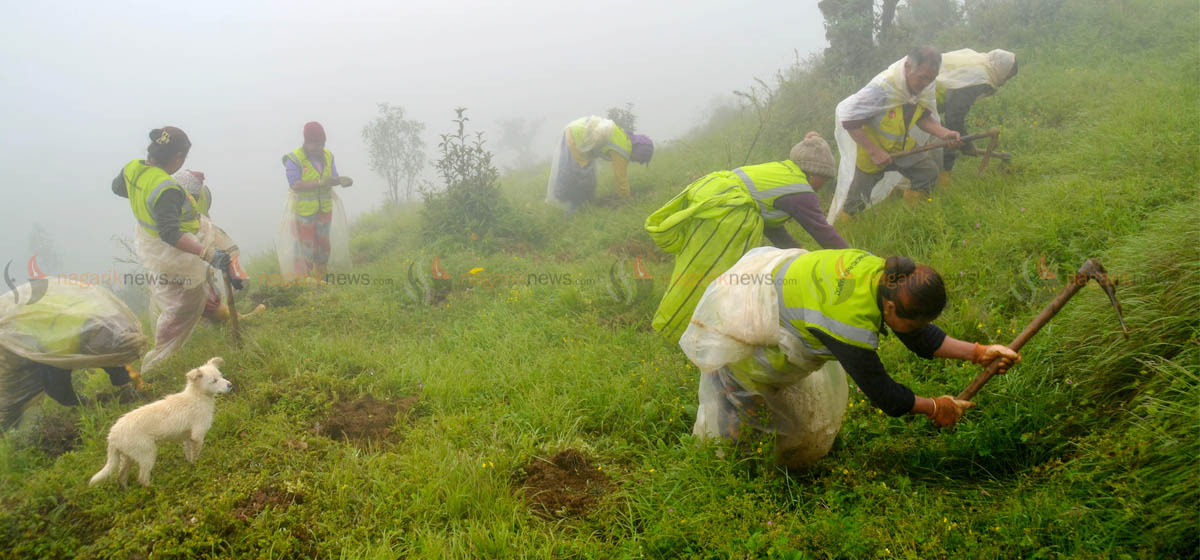
ILLAM, JULY 20: Susma Pradhan was digging a hole for planting trees on the 31st day of the campaign. In a place called Jowari of Sandakpur village in Ilam, Pradhan, who has been continuously planting trees for a month, has not only found a job, but also expects the fame of this place to go up in the next 10/12 years.
She gets Rs 570 per day for planting saplings. The number of people who have been planting trees like her for the past one month is 15. In order to connect the areas like Jamuna, Todke, Dobate of Nepal with the Singalila National Park in India as a biological route, tree plantation work has been done here for the past few years. Conservationists say this biome is important for wildlife, including the red panda.
The Red Panda Network has bought the desolate hills. As part of the community-based Red Panda Conservation Program, 600 ropanis of private land were bought and passed in the name of District Forest Office Ilam, and tree planting and conservation work has been started.
It is said that Rs 20 million has already been spent to buy land in different stages for the purpose of afforestation. The locals have got jobs to plant trees and conservation workers have been deployed in the same area for a month. The Singalila National Park in neighboring India is densely-forested. But the hills on the Nepali side of the border are mostly naked.
This year, work is going on to plant 55,900 plants in this place, which has served as a grassland for centuries. It has been reported that 23,000 plants have been planted in the past years. Wildlife could travel between the two countries, but there was no forest area in between. Sonam Tasi Lama, program coordinator of Red Panda Network, said that it was sought to be developed as an 'international biological route'.
It is estimated that this area has been deserted since about 200 years ago. Joseph Dalton Hooker, who visited the area about 200 years ago, wrote that the area was barren and desolate.
The forests in the nearby Todke, Jamuna, Dobate areas are important for red pandas. It is said that the areas of Nepal and India, where the red pandas’ natural habitat is, will be connected by a biological route. Community Forest President Sonam Lama said that planting has been going on in this area since 2072 BS.
"The saplings planted in the past have done very well in the community forest area. It is hoped that it will help in the conservation of wild animals such as red pandas,” Sonam Lama, president of the community forest, said, "We hope that the forest will grow in 10 years. This area is a tourist area. There are tourist areas like Sandakpur, Tumling, Ahal, Dobate nearby. Foreign tourists come to Joubari every year. They want to show them red pandas in the forest.”
According to Lama, there are 8,425 ropanis of land for a potato development center nearby. Lama said that potatoes are planted only on a few hundred ropanis of land, which is in the name of the Agricultural Research Council. He added, "We wish we were allowed to plant trees in the fallow land.”
Community-based red panda conservation programs have been running for the past few years in Panchthar, Ilam and Taplejung. Raising awareness in the community and making the PIT (Panchthar-Ilam-Taplejung) corridor, conducting income generation programs, and conducting research are being done. Under this, the work of planting trees is being done by buying land.
The PIT Corridor Program Coordinator Wangchu Bhutia informed Republica that there are natural habitats of red pandas in four local bodies in Ilam, three in Panchthar and seven in Taplejung. It has been said that the budget for the conservation program for this year is Rs 5.8 million in Panchthar, Rs 9.1 million in Ilam and Rs 4.8 million in Taplejung. The Province 1 government has announced to conduct a red panda conservation program in three districts in this year's budget.
You May Like This

PADT's 37th anniversary: Afforestation carried out at Pashupati area
KATHMANDU, April 23: Afforestation has been carried out in the Pashupati area on the occasion of the 37th anniversary of... Read More...
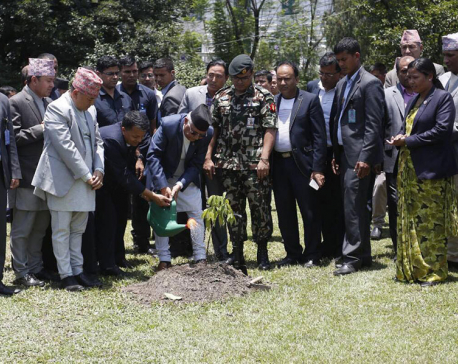
'One Person, One Plant' campaign to be launched
KATHMANDU, May 27: The government plans to pursue the 'One Person, One Plant' program as a public campaign in support... Read More...

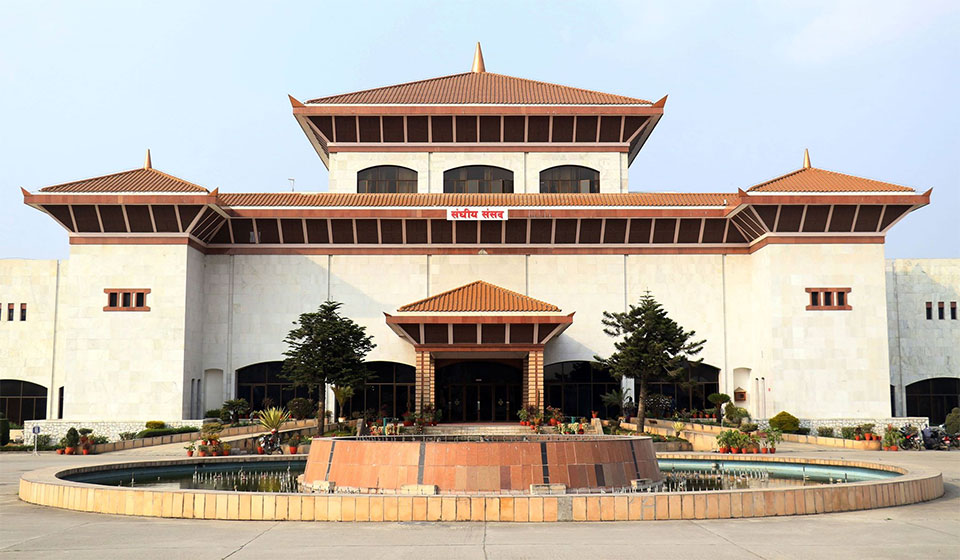
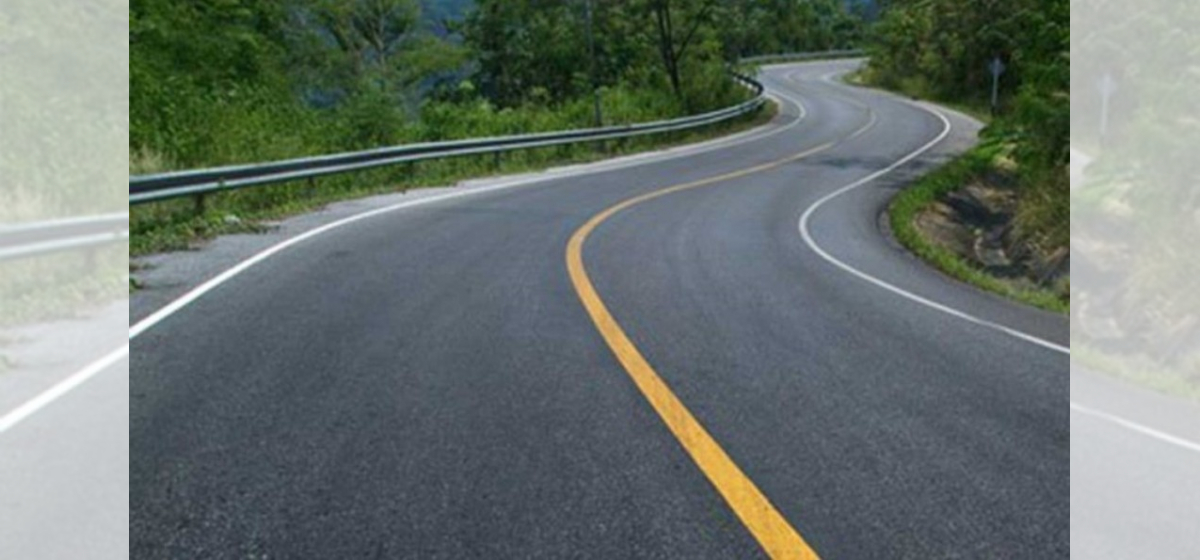

Just In
- Nepali man fighting alongside Russian army in Ukraine: "They are killing me, save me!"
- Parties agree to form parliamentary probe committee to investigate cooperative fraud case
- Foreign investment commitments reach Rs 53 billion in 10 months, Rs 2.15 billion approved via automated system
- Prithvi Highway Expansion: Deadline extended by five months on eastern section from Jamun to Ambukhaireni
- Nepal’s outbound spending surpasses inbound revenue
- Cricketer Lamichhane gears up preparation for T20 World Cup
- Japan's parliament passes bill to allow joint custody for divorced parents
- 372 drug peddlers arrested in Jhapa in 10 months



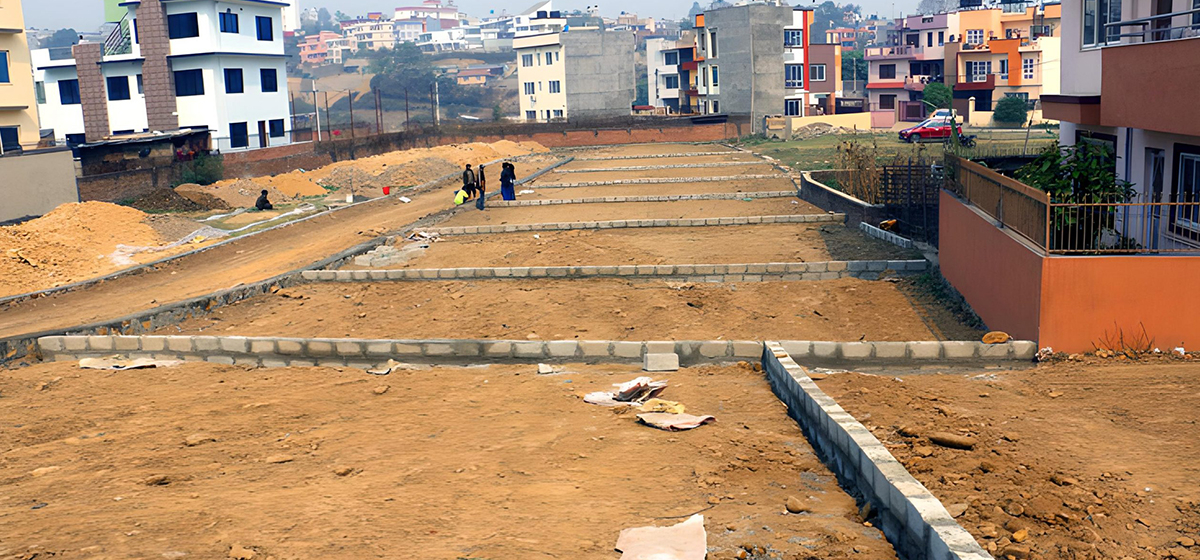


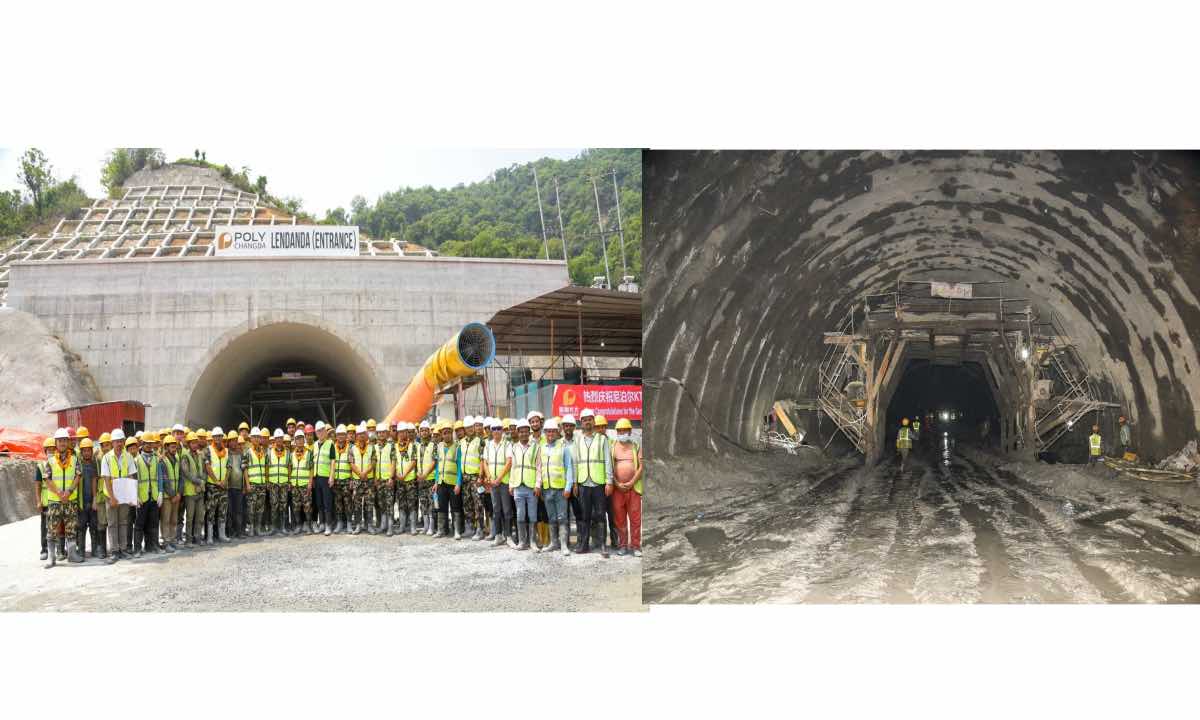


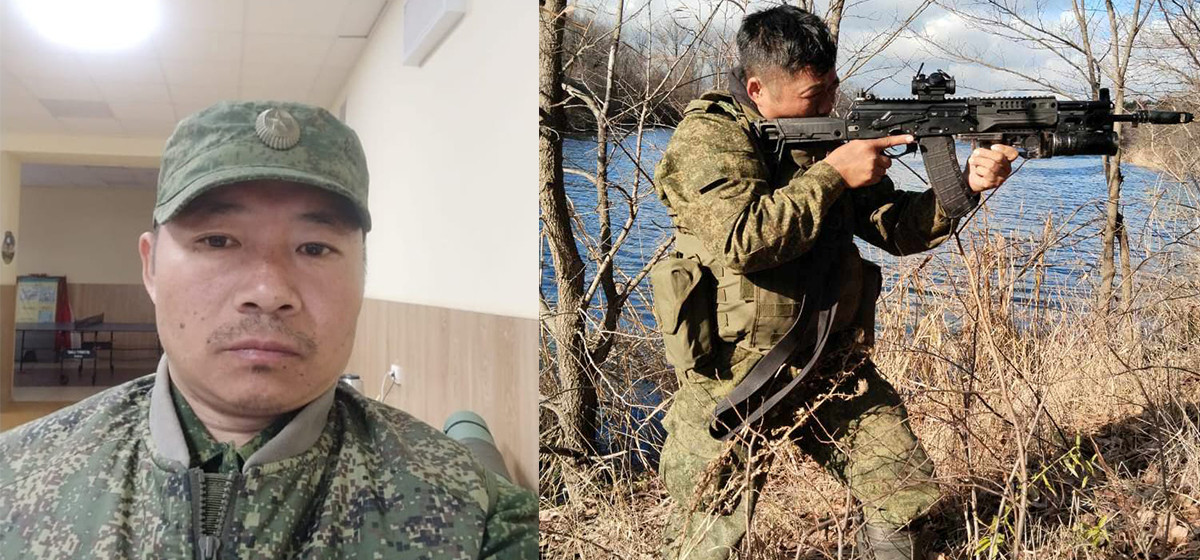




Leave A Comment